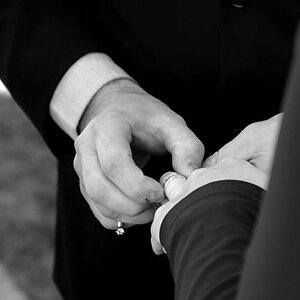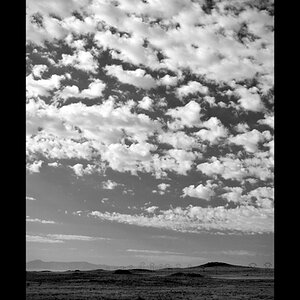snapsnap1973
TPF Noob!
- Joined
- Jan 18, 2013
- Messages
- 147
- Reaction score
- 4
- Location
- Portland, Maine
- Can others edit my Photos
- Photos NOT OK to edit
I was testing my camera and taking landscape pics out a 5th story window and the meter told me that the scene was 0 on the viewfinder meter. I took the pic and it came out washed out. So I changed the exposure speed (I think) and made the lines appear on the negative side of the meter (maybe 4 bars in). The picture came out closer to the colors I was seeing. It was sunny out and a beautiful day by the way amd I had the WB set to sunny.
Is there a difference to shooting out of a window and having the WB on SUNNY and being outside in the light and setting it to SUNNY and taking the same scenery?
Are the in camera exposure meters always correct? I'm guessing not.
Is there a difference to shooting out of a window and having the WB on SUNNY and being outside in the light and setting it to SUNNY and taking the same scenery?
Are the in camera exposure meters always correct? I'm guessing not.


![[No title]](/data/xfmg/thumbnail/36/36392-ee7dc51c9be334b9979003f6316db12e.jpg?1619737547)

![[No title]](/data/xfmg/thumbnail/35/35263-86f580cf5d28d23109a45984030a79ad.jpg?1619736968)

![[No title]](/data/xfmg/thumbnail/34/34145-b89ccc67a24004d6d7a9026a7395914b.jpg?1619736318)

![[No title]](/data/xfmg/thumbnail/42/42468-f720ff996eb9cc6554c0019901223156.jpg?1619740193)




